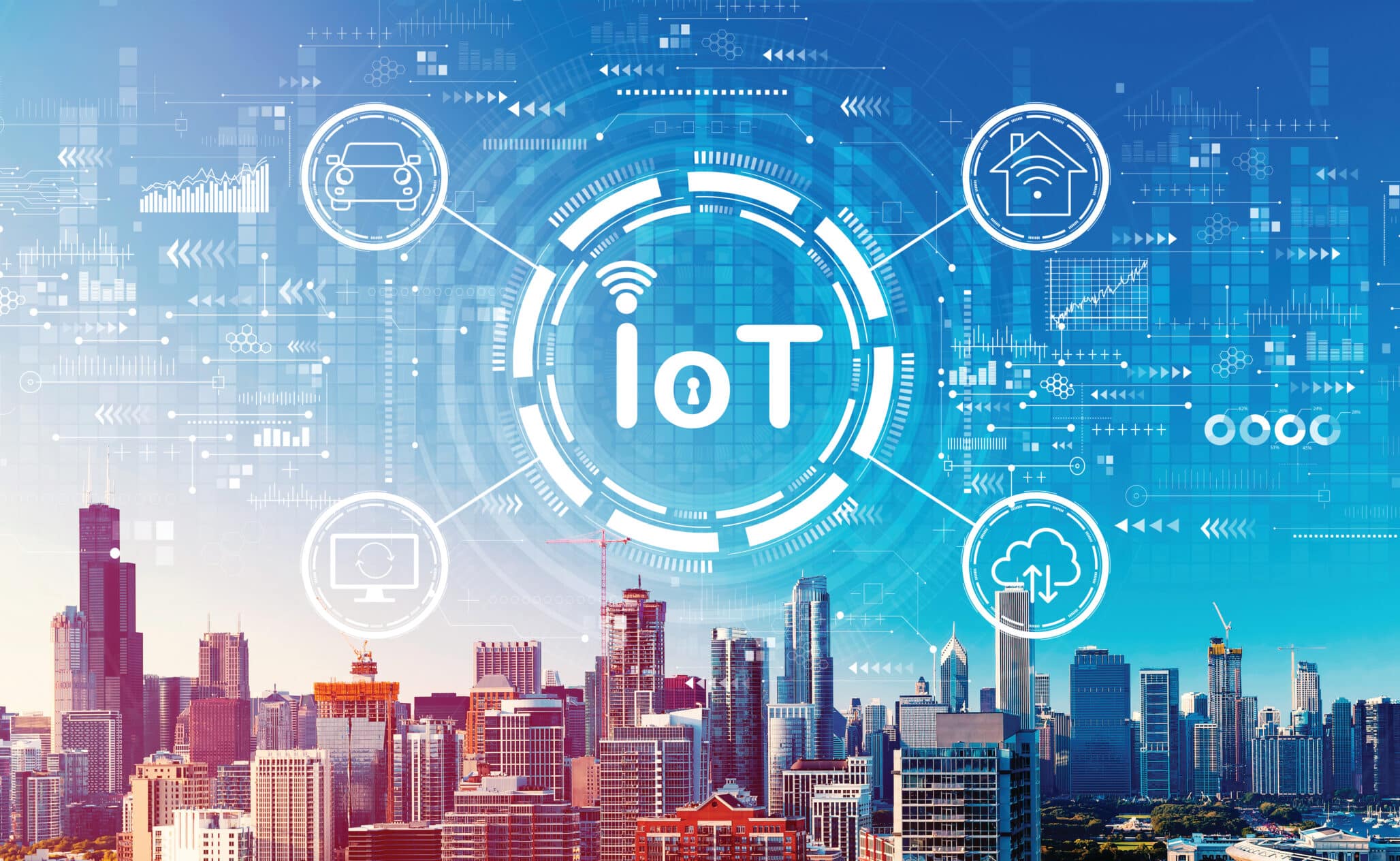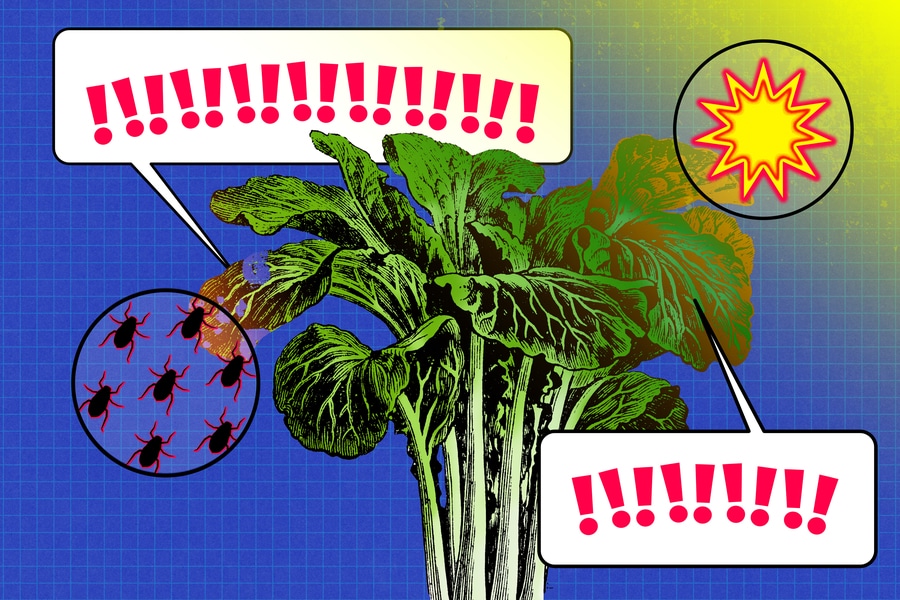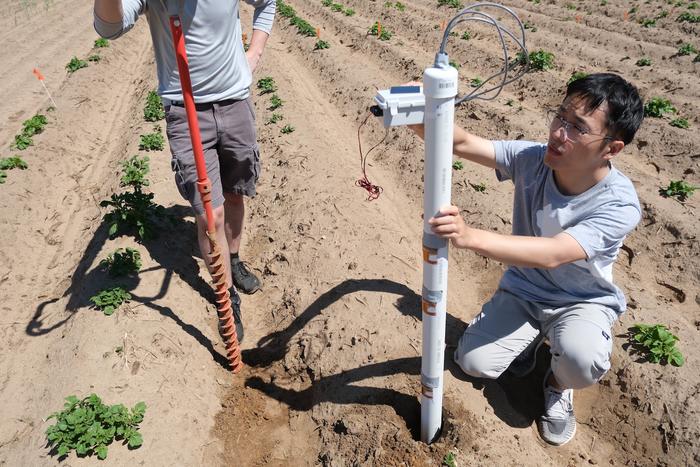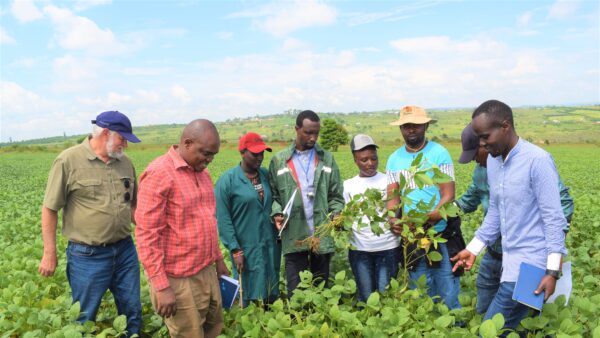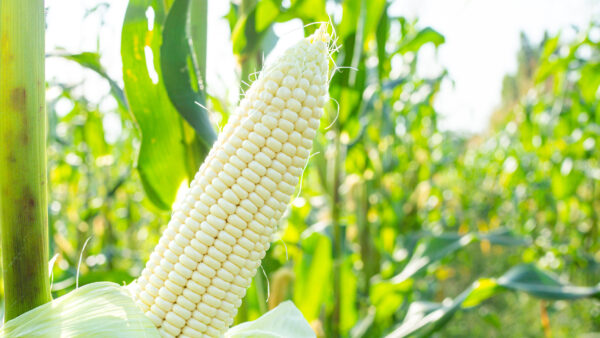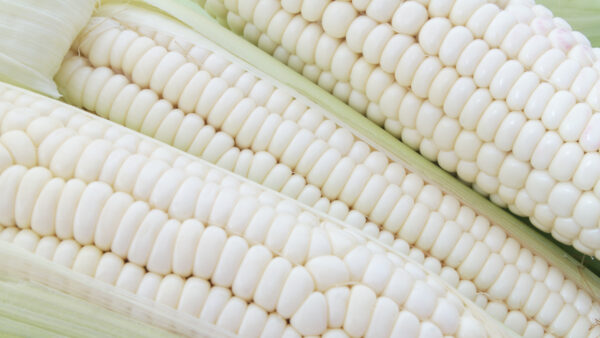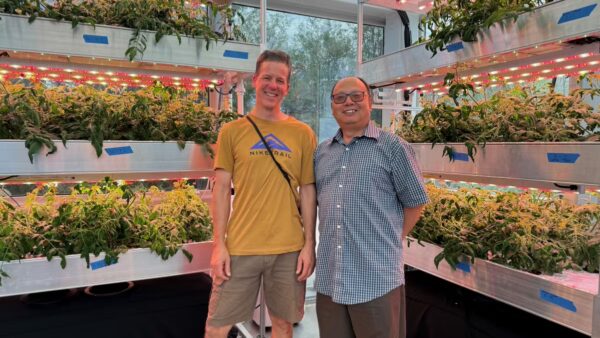IoT: let’s try to memorize this acronym, because it will soon become common usage. It stands for Internet of Things. It is a neologism used in the IT sector, which refers to the extension of the internet to real objects and places, giving them a digital identity and connecting them to other objects. In practice, “things”, thanks to sensors and dedicated software, can detect and communicate data and, in essence, provide a service to users, for example via cell phones or other devices.
Thus, a thermostat equipped with IoT can detect the position of a person (e. g. via Google Maps) and adjust the heating for his arrival home; or, similarly, an alarm clock can ring earlier in case of very heavy traffic in the area and avoid delays in travel.
Theoretically, the range of use is wide and allows us to envision a “smart” world, where objects interact with humans. It may seem a vaguely disturbing prospect, but probably at the time the arrival of other epochal innovations, such as electricity in homes, also caused similar sensations. Certainly, the post-Millennials generations are much more prepared and ready for this revolution.
Great Potential for Agriculture
Agriculture and IT: it is difficult to imagine two more different worlds. An activity that has been ongoing for 10,000 years and is linked to the territory, and a recent science based on virtuality. Yet these two realities are destined to meet. Not easy but inevitable, to be able to face the challenges up to 2030, with objectives such as Zero Hunger, through environmentally sustainable but also economically profitable techniques.
The solutions that fall within the concept of Agriculture 4.0 have been studied and proposed for several years, with a development path that is not always easy and fluid but is constantly growing. Currently, the global market for Agriculture 4.0 is estimated at almost $70 billion, with a forecast annual increase of 11.6% between now and 2030.
Also in the EU, following the indications of the Green Deal, the sector is marking a very interesting development, driven by countries such as Germany, France and the Netherlands.
Others, like Italy, are having more difficulty, due to the high investments required and especially the limited IT know-how of the older generations. The fact remains that in Italy turnover in 2023 grew by 19%, reaching 2.5 billion euros.
It is necessary to improve the transfer of this technology to agricultural entrepreneurs.
Agriculture 4.0 is closely interfaced with precision farming and digital (smart) agriculture. It uses the resources of the Internet of Things, which is its basis and constitutes its fabric. It develops with robotics applied to common agricultural machinery, drones, sensors, artificial intelligence (AI), all at the service of optimizing crop, livestock and logistics applications aimed at increasing efficiency, sustainability and profits.
Science Fiction? No, It’s the Present
Thanks to the use of IoT devices, it is possible to detect and manage essential elements of agri-food production, from weather conditions to soil fertility, to program machines for use aimed at sustainability and convenience. The Internet of Things collects data in real time and transmits it promptly, allowing extremely effective actions. For example, pre-alert systems for agricultural drought use sensors distributed on the ground, which communicate with a weather station via IoT; these values, together with historical data, are processed by Artificial Intelligence and provide the farmer with all the elements necessary to decide whether, when and how much to irrigate.
Result: top efficiency and water consumption reduced by up to 20%.
Constant and precise monitoring of land and crops also allows intervention on sowing, fertilization and control of plant diseases, with possible savings in technical means and related benefits for the environment and the farmer’s income.
Not just agriculture in the strict sense. Containers equipped with IoT allow complete traceability of goods, at any time during transport. Sensors applied to animals mark their movements and monitor their well-being. The effort of agricultural workers is lightened and their safety increases. We could go on and on.
Agriculture, probably the most traditional human activity, is demonstrating an extraordinary capacity for openness and adaptability to the world of today and tomorrow.
Franco Brazzabeni is commercial and marketing consultant in the international agribusiness, Member of the Board of Assosementi and of ISF Groups and writes a blog on www.agrinotes.it.


